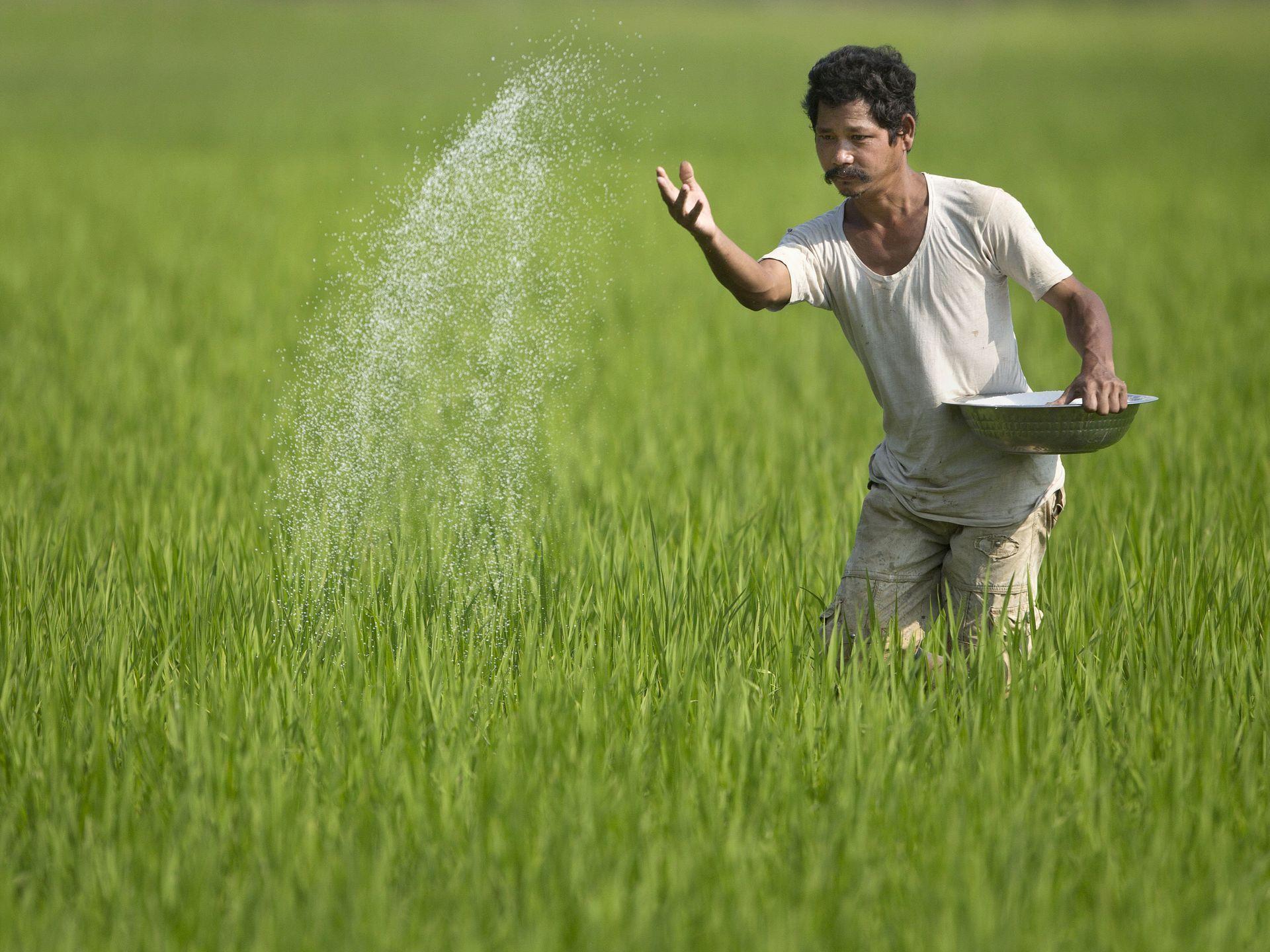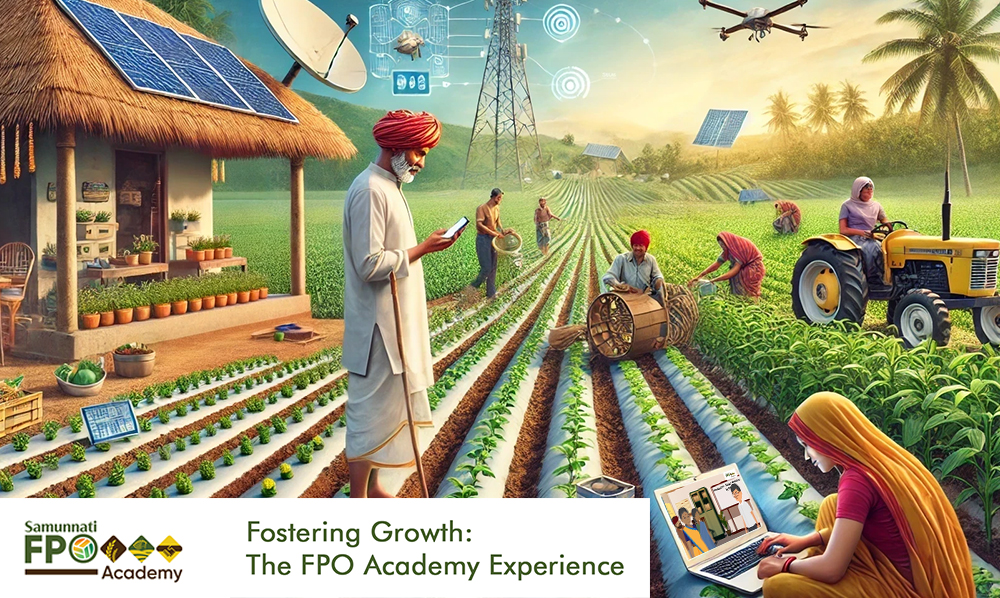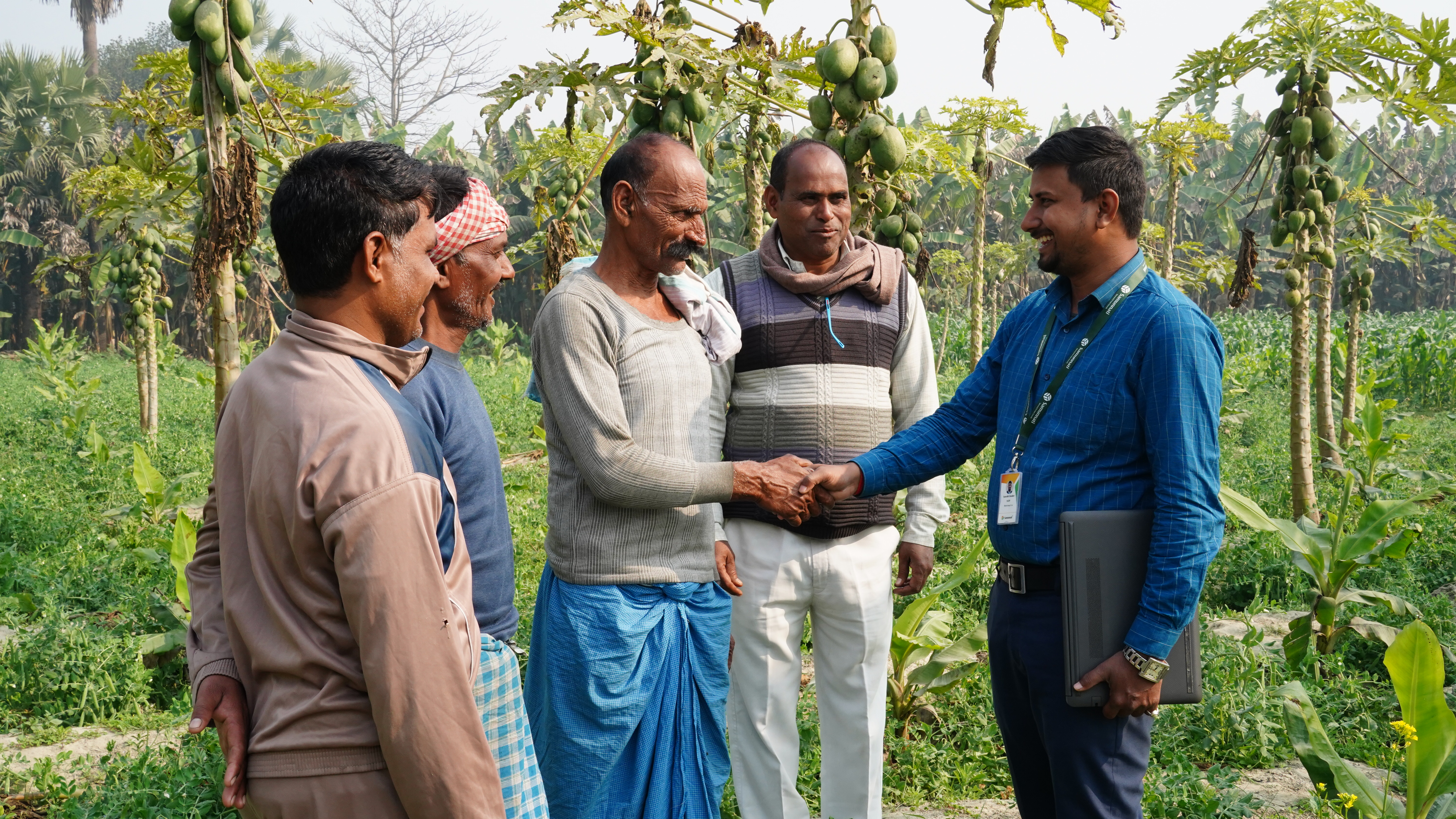
The world needs to understand the gravity of waste. An estimated $600 billion worth of food is lost during or just after harvest. While billions go hungry, one of the key challenges in today’s globalized and rapidly urbanizing world is malnutrition. Every year, nearly 33 to 40 percent of all food that is produced in the world is wasted and never reaches the consumers’ plates.
FAO says, “Overall, on a per-capita basis, much more food is wasted in the industrialized world than in developing countries. We estimate that the per capita food waste by consumers in Europe and North America is 95-115 kg/year, while this figure in sub-Saharan Africa and South/Southeast Asia is only 6-11 kg/year”.
Food wastage also needs to be seen given the symbiotic relationship growing such food using water. Nearly two-thirds of world’s fresh water is used for agriculture. Hence, enormous quantities are wasted particularly, in the developing countries and food, when wasted, amounts to wasting that much water gone for growing it, while thousands of children in Asia and Africa die due to lack of access to safe drinking water.
Several countries have started discouraging food waste through legislations as France enacted regulations to ban wastage of edible food by retailers. In some other countries, there are food aggregators that collect perfectly edible food from supermarkets but not placed on the shelves and distribute it to the needy. Food loss and waste along the food value chain can be depicted as below.

On this International Day of Awareness of Food Loss and Waste 2022, everyone must resolve to be a “Conscious consumer”.
Why conscious consumption?
Everything in the world has a price tag and need some inputs to manufacture and resources that are already getting scarcer or going to be scarce soon. Hence, being conscious about one’s consumption ensures that the utilization of resources are justified, and the efforts and investments to produce the item are duly respected. It does not necessarily mean extreme austerity nor being frugal or refraining completely from spending. It means being true to one’s conscience.
Hence, everyone must be conscious about food waste and consider these points for long lasting behavioral change.
- Improving use efficiency (e.g., micro irrigation in farming, AI-enabled, seamlessly connected supply chain particularly, for perishables) can bring huge benefits to all the stakeholders across the food value chain and help cut down food wastage.
- Incentivizing good behavior and penalizing the wasters of food and water must be the priority for the policymakers.
- Cultivating the paradigm of 4R” (Reduce – Reuse – Repurpose – Recycle) in the context of food waste can help meet sustainability obligations.
- As consumers, avoiding purchase of any item that is not preferred. Supermarkets usually replenish based on the stock disappearance. So, even if the item is purchased and wasted, the supermarket shelves will get replenished of the same item.
- refrain from buying excessive amount of any food product more than what one needs.
- taking stock of the food items already in the fridge before every purchase
- being aware of the expiry dates of packaged food products
- donating to food banks when something cannot be eaten before the expiry date
- rejecting any food simply because it doesn’t look good. An ugly-looking carrot is as nutritious as a perfectly straight one.
- not getting tempted to buy any food stuff simply because it is cheap as the price tags do not necessarily reflect all the costs involved to produce and have that item placed on the shelf) or on special offers.
But where and how the imminent change towards becoming conscious consumers can start?
The second-best place would be SCHOOLS. The first one is of course, HOME.
Why kids? Why now?
Today’s kids are going to be the future consumers and already they are a force to reckon with when it comes to influencing and/or making purchase decisions from everyday household items to food, groceries, electronics, clothing, and so on. Kids have greater exposure and social media (Facebook, Instagram, Twitter) provide an opportunity for them to not only get information but to share their experiences and learnings among themselves. All these present huge opportunities not only for the businesses but for policymakers, governments, and civil societies to engage, entertain and educate the children towards shaping their thinking, behavior, and habits particularly on reducing waste.
As children usually spend most part of their day at schools, these are the best place to educate them about things that are useful for their everyday life. Kids will have an opportunity to learn how their individual choices impact their families, communities, nation, and the world. But simply creating awareness isn’t sufficient. They must be able to put their learnings into action. It mainly includes becoming aware of their individual food consumption patterns and associated behaviours and of their respective families. Further, children must be educated to become conscious about their food intake which involves minor behavioral changes such as becoming aware of their usual meal portions and gradually learning to limit the portions according to appetite or their preference. Although reducing waste is important, kids must understand the basics of food, health, nutrition, diet diversity and holistic wellbeing.
Who is ultimately responsible for reducing waste?
EVERYONE. Elders and teachers must practice all the correct behaviors and be the role models for the kids. Starting at every home, these messages must get reinforced to help today’s kids grow as responsible adults who are conscious about the implications of exercising their individual choices, behaviours and consumption in general. These are some small steps that can be taken by every individual which will go a long way in cutting down the food waste globally. Those who are conscious about their consumption naturally do not tend to waste anything since it might be valuable to someone else in the world, who cannot afford it.




Leave A Comment